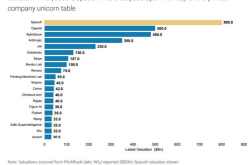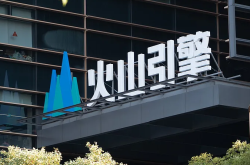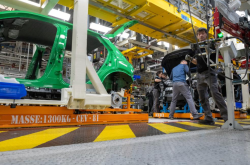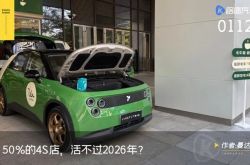Hikvision's Advanced Model Revolutionizes Customs Assistance, Reviewing 7 Document Types in Just 3 Minutes
![]() 07/29 2025
07/29 2025
![]() 586
586
For avid "overseas shopping enthusiasts," repeatedly checking the "in customs clearance" status on logistics information is a familiar ritual. Packages traversing the globe often get stuck in the customs document review process.
Customs document review stands as the bottleneck in cross-border package clearance. Each package comes accompanied by at least seven types of documents, each containing numerous details such as bill of lading numbers and amounts. Traditionally, customs officials had to painstakingly verify each page, often taking 10-30 minutes per document, especially if handwriting was involved.
Data reveals that in 2024, there were 88.38 million customs declarations nationwide. Customs document review encompasses much more than just this. Manual review is not only inefficient but also prone to errors due to fatigue. Now, Hikvision's Customs Intelligence Platform has introduced its 'Intelligent Document Review' feature. In practical applications, this has reduced the review process from the original 10-30 minutes to just 3 minutes, marking a 3-10 times increase in efficiency—a testament to the transformative power of advanced models.
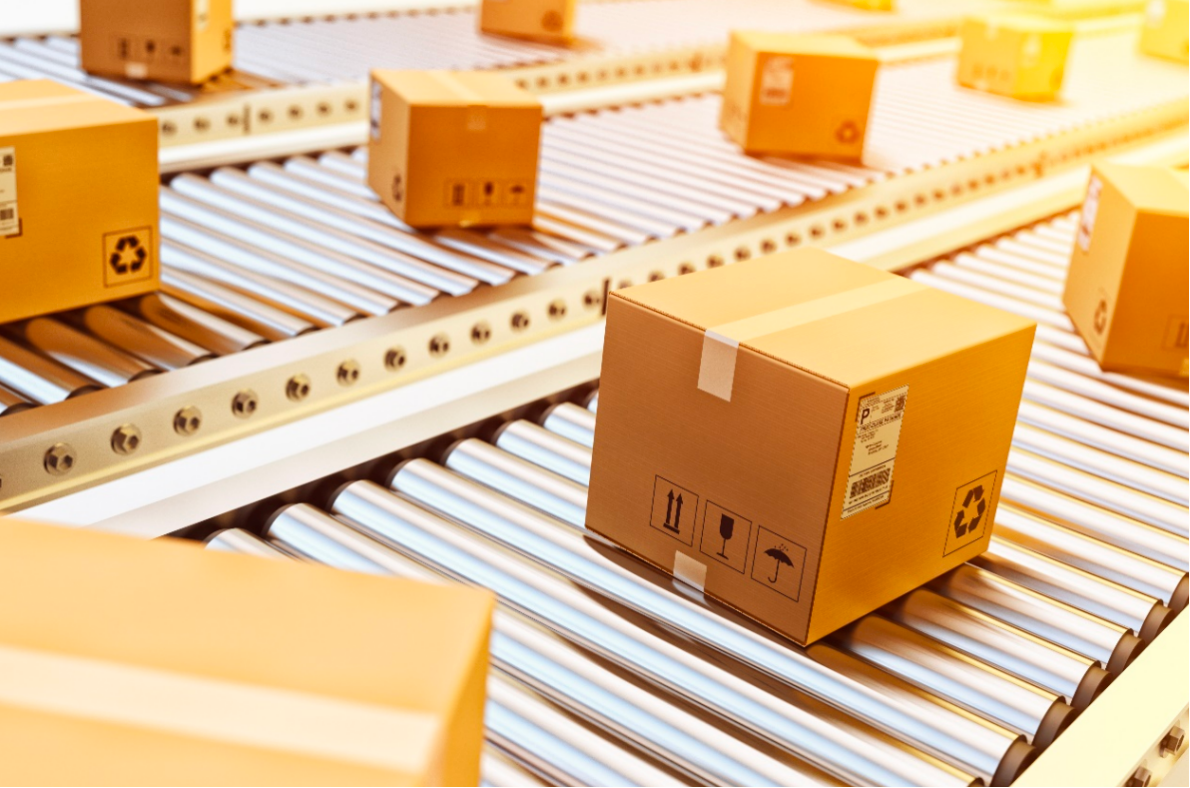
OCR Extraction + Large Model Judgment
Significant Enhancements in Document Review Quality and Efficiency
Traditional document review is akin to searching for answers in an ocean of information. Hikvision, however, leverages the 'OCR + Large Model' combination to achieve 'automatic retrieval + intelligent judgment'.
OCR (Optical Character Recognition) technology first addresses the 'information extraction' challenge, swiftly identifying document content and accurately extracting data, eliminating the need for manual searching.
Crucially, it relies on the 'judgment capabilities' of the DeepSeek large model. After OCR extracts the data, the large model can comprehend regulatory rules—such as 'the bill of lading number must match the customs declaration' and 'the declared amount must not exceed the contract amount'—just like a seasoned customs officer. It cross-references information across documents, flagging anomalies (like a $10 discrepancy between invoice and contract amounts) and determining when differing descriptions for the same item are 'compliant'.
Not Just Speed
Large Models Enhance Document Review 'Efficiency'
Beyond mere speed improvements, the platform has also made strides in error recognition during pilot projects, demonstrating heightened sensitivity to subtle errors. After manually reviewing numerous documents consecutively, the error recognition rate for minor mistakes declines. Conversely, the large model consistently identifies small issues like 'the last digit of the commodity code is written incorrectly,' thus boosting both efficiency and accuracy in document review.
When large models enter the customs document review arena, for everyday individuals, the wait for 'in customs clearance' could shrink from days to mere hours. For cross-border businesses, faster clearance translates to quicker inventory turnover and reduced costs. The changes ushered in by technology extend beyond accelerating a single link; they enhance the overall circulation efficiency of cross-border trade.

